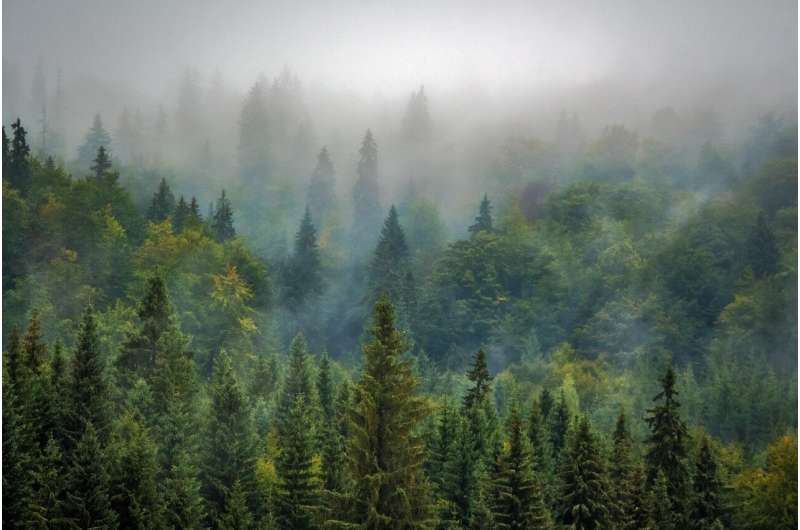Credit: CC0 Public Domain
More than 30 percent of the trees on Big Pine Key died in the months following Hurricane Irma.
For hundreds of years, the trees of Big Pine Key have managed to thrive on the island's harsh limestone surface. Now, the last remaining functional pine rockland is facing an uncertain future, according to a team of FIU researchers. A deadly combination of rising seas and hurricanes could turn this rare forest into a ghost forest.
Hurricanes have always hit the Florida Keys. Yet, the pine rocklands have found a way to recover. The researchers—who've tracked the changes of these trees on Big Pine Key for more than two decades—found that they might not be able to survive the deadly combination of rising seas and storm surge. More salt water washing up onto the land chokes the trees that depend on freshwater to survive.
"Once you start losing adults, you can't produce enough young for the next generation," Michael Ross, professor in FIU's Department of Earth and Environment, said.
Ross, who led the research, has studied the pine rockland forests in South Florida since 1988. Back then, he remembers visiting Sugarloaf Key and seeing standing dead pine trees poking up into the sky like tombstones in a graveyard. Over time, the once-thriving pine rockland forest was wiped out by salt water intrusion. Now, Ross may be watching history repeat itself on nearby Big Pine Key.
"I always take a long view approach. The decline of ecosystems is a slower process than my lifetime—or, at least, I thought so. But in this case, it really isn't," Ross said. "But, I'm also a part of a generation that has to come up with solutions. I want to contribute to figuring out the best path forward."
The findings were published in Estuaries and Coasts.
More information: Michael Eyob Kiflai et al. The Effect of Hurricane Irma Storm Surge on the Freshwater Lens in Big Pine Key, Florida using Electrical Resistivity Tomography, Estuaries and Coasts (2019). DOI: 10.1007/s12237-019-00666-3
Provided by Florida International University
























